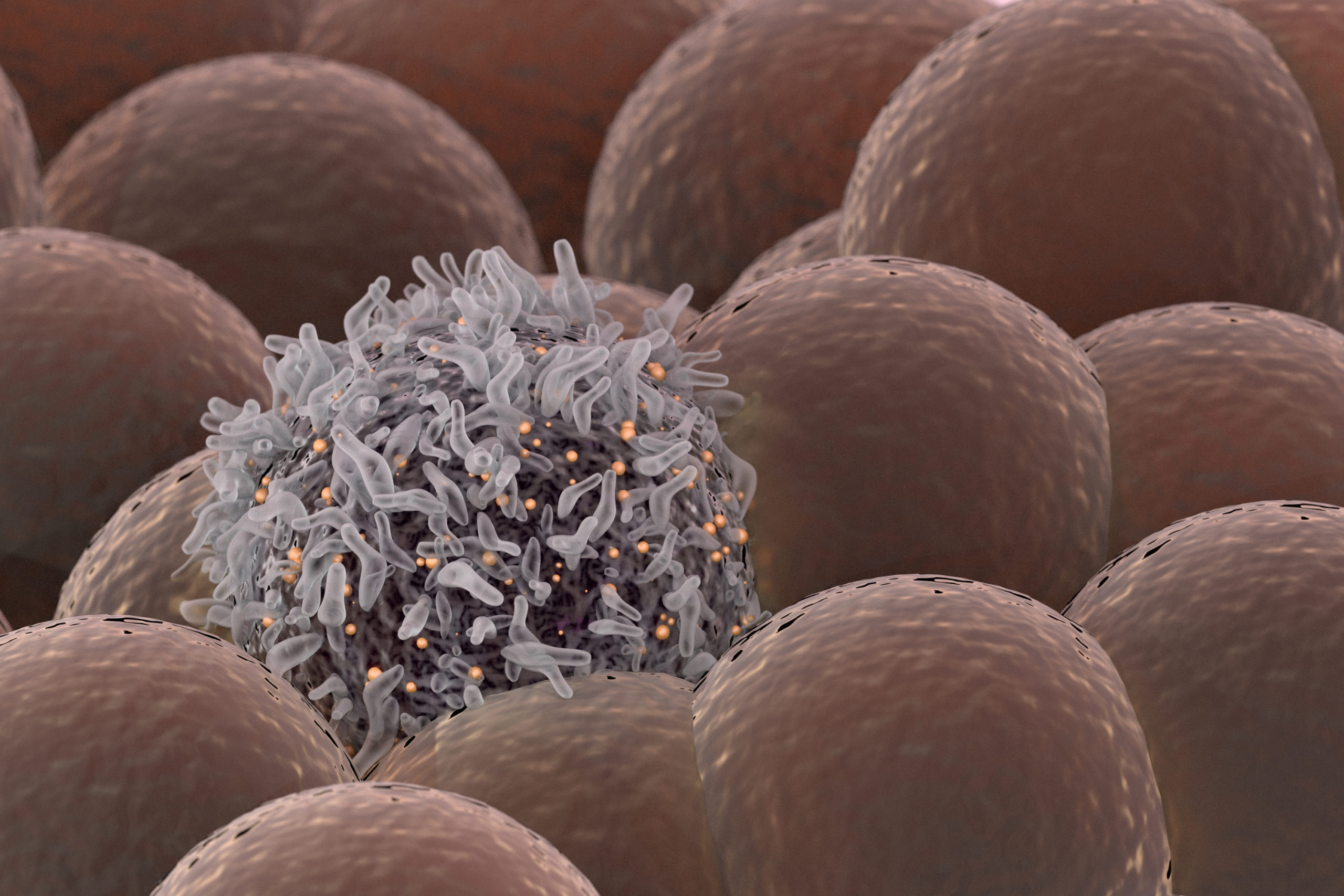August 12, 2003
Genetic Risks Missing from Patient Charts
CHICAGO— Standard history-taking in internal medicine practices may not fully capture patients’ risks for developing certain diseases, and internists may lose opportunities to provide preventive medical recommendations, according to a study from the Feinberg School of Medicine.
Researchers on the study included Theresa M. Frezzo, MS, research coordinator and a genetic counselor for the NUgene Project at the Center for Genetic Medicine; Wendy S. Rubinstein, MD, assistant professor of medicine and researcher in the Center for Medical Genetics at Evanston Northwestern Healthcare; Daniel P. Dunham, MD, assistant professor of medicine and general internist at Northwestern Medical Faculty Foundation; and Kelly E. Ormond, MS, assistant professor of medicine, director of the Graduate Program in Genetic Counseling, and a member of the Center for Genetic Medicine at the Feinberg School.
Results from the study showed that about 80 percent of patients in an internal medicine practice were at moderate or high risk for certain adult-onset conditions with known genetic components—such as breast or ovarian cancer, prostate cancer, colon cancer, heart disease, non-insulin dependent diabetes mellitus, and conditions causing blood clotting or stroke.
Using an oral “pedigree” or written questionnaire, the researchers identified twice as many individuals at increased risk than was documented in patient charts. The pedigree is a medical diagram of a family tree used to help diagnose genetic disease, determine risk for developing genetic disease, or determine risk for having a child with a genetic disease.
The study, which was published in a recent issue of Genetics in Medicine, was based on an analysis of data—in either a family history questionnaire or in a three-generation pedigree interview conducted by a genetic counselor—compared with information recorded on patient charts. Three-generation pedigrees include health information on parents and siblings, aunts and uncles, and cousins and grandparents.
Since a family history of adult-onset disease is one of the largest risk factors for developing a condition in adulthood, knowing a patient’s family history, and, therefore the patient’s risk, may influence decisions about potential genetic testing, as well as treatments or lifestyle changes that may significantly reduce the occurrence of premature illness and death.
Yet limited training in genetics and brief patient visits curb most physicians’ routine use of a comprehensive three-generation pedigree, Frezzo and colleagues said.
“Recording the medical family history should be a component of any preventive healthcare risk assessment. As genetic risk factors are better understood and more interventions to reduce risk become available, evaluation of the genetic family history may become an integral part of public and preventive medicine,” the researchers said.
They believe that more research and education on the benefits of using family history questionnaires and three-generation pedigrees will expedite incorporation of these tools into primary care medicine, resulting in improved prevention, diagnostic, and treatment strategies.






